The use of horse tack has some interesting parallels to the use of recreational drugs, including the abuse of both. Before your panties get in a bunch, read me out.
For some equestrians the use of tack is just a means of communicating with the horse. If they can find a way to accomplish the same without the use of tack, they'll do it, and they're often looking for ways to use less and less tack.
The second group falls somewhere in the middle. They see tack as necessary, are comfortable using it and aren't really looking for any methods to reduce the tack in their employ, but at the same time aren't going overboard.
And finally, we have the tack-centric. These would be hard-core addicts to recreational drugs .. except their drug of choice seems to be tack. They see it as necessary and couldn't imagine going without. In fact, they're constantly on the lookout for something greater to add to their tack room, that works better, faster, easier.
The trap of needing more tack
You've got a horse who is no longer as responsive to the bit as he used to be. So someone tells you to go get a stronger bit, something to get the horse back to being as responsive.
The problem with this approach is there's no way out. That new bit will eventually have to be replaced with another, stronger bit, then another and another until even those aren't working. So you start adding draw reins to gain more leverage and force the horse into a submissive position. But even those aren't working so great after some time so someone asks if you've tried adding studs under the horse's noseband. Hey! Why not?
And it just keeps going.
But what about Trainer X, I've seen them …
Some realize more quickly this doesn't work so well. But not because they understand the principle itself is flawed. So they do a sort of intentional cold-turkey to the horse.
Riding the horse in harsh equipment right before a performance (which doesn't allow such harsh equipment), then showing the horse in milder (and show legal) tack for a short time.
Then there's another tactic, which is to switch the horse back and forth throughout “training”. Putting the horse in stronger equipment to “lighten” or “soften” him, then ride in milder tack until they become dulled or heavy.
The real solution
The solution isn't connected to the tack, it's connected to the rider. Riders with heavy hands create dulled horses. Riders who nag at their horses create dulled horses. Riders who pull create heavy horses. Riders who use the reins for balance create heavy horses.
Using more elaborate tack combinations is not addressing the problem, because the problem isn't the horse. The horse is a symptom of the rider. If the rider never works on himself then the horse will continue to exhibit these symptoms. Sometimes they're masked by stronger bits, leverage, force and pain-inducing equipment, but the symptom has not gone away.
- Take riding lessons. Period.
It might surprise you how many riders avoid taking any lessons. Don't be one of them. If you can't afford riding lessons you can try to beg, borrow or audit someone in your area. - Take riding lessons specifically to improve your balance
A lot of riding facilities skip over this vitally important skill – having an independently balanced seat (not needing to rely on squeezing with your legs or holding onto the reins to keep your balance). Phone around in your area and ask for instruction on the lunge line, without stirrups or reins, at all gaits to challenge and improve your balance in the saddle. This will free up your hands and legs to become more educated, and avoid the endless cycle of using more equipment. - Clean up your tack collection. If you think something's too harsh, throw it away instead of selling or giving it away for someone else to put on their horse.
- Go riding in the mildest tack you own. Even if, gasp, your horse isn't immediately light – use his behavior as feedback about your own riding. If he's heavy it's a good sign that you're too heavy. If he's dull you're using your aids to yell at him – quiet down so he has to lean in to hear you.
It's a tough habit to break, and those abusing tack the most will likely be in extreme denial – just like any hardcore drug addict would be. The first step is admitting you have a problem …
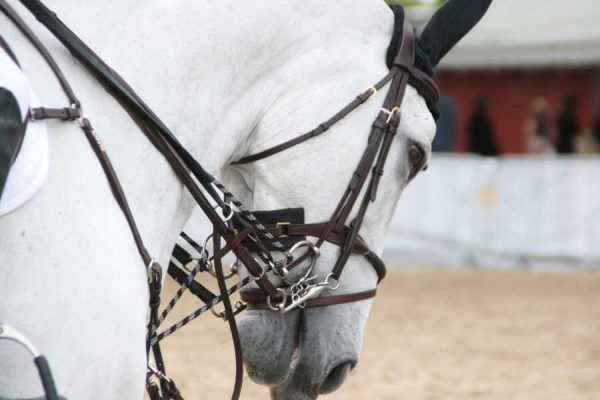




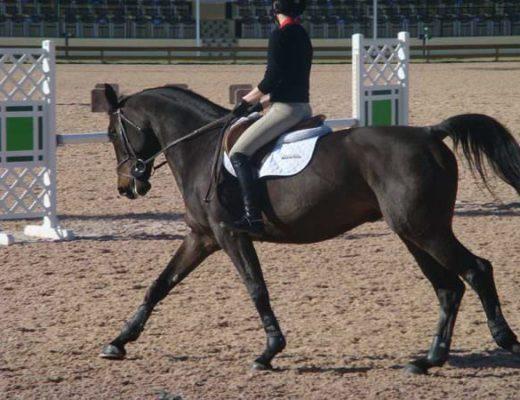

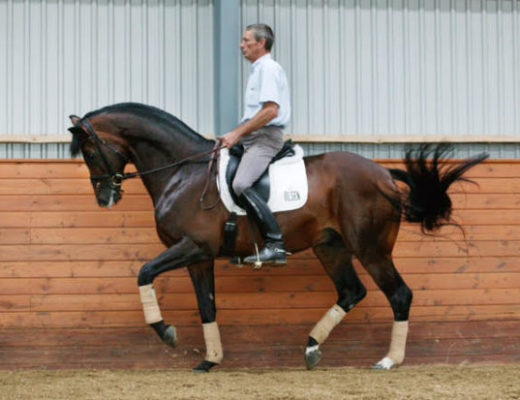
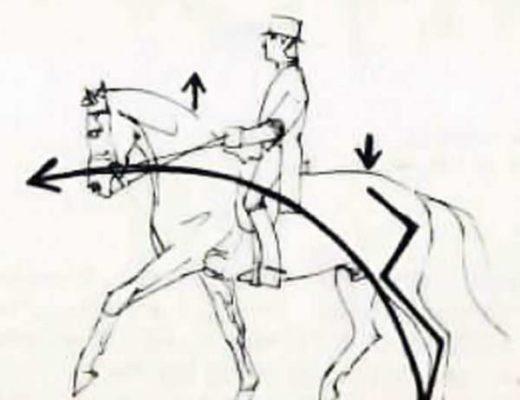
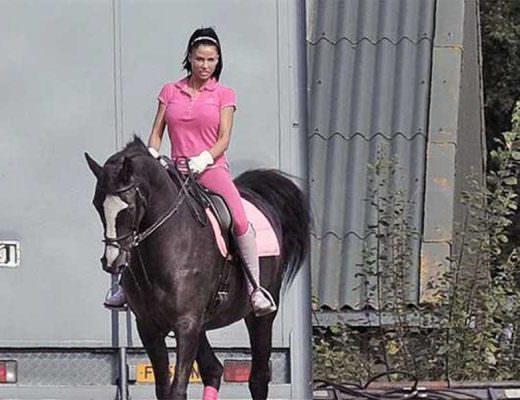
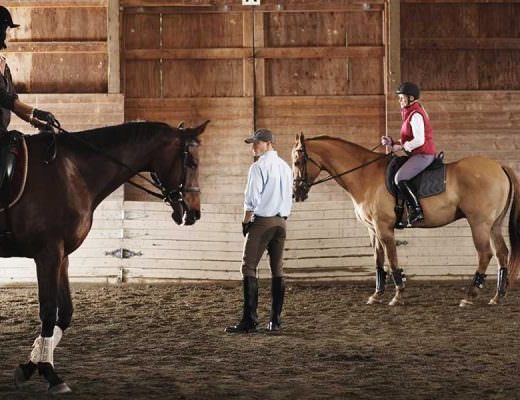
Well said. I am a trainer and all gadgets, harsh bits, spurs etc are banned on my yard. Good riding is the order of the day and building trust in your horse which will develop into lightness and then softness.
Check the horses TMJ. It comes out easily but can be adjusted or injected if damaged.
For the love of god, do not throw away a piece of tack just because you think it’s too harsh. Those pieces of leather and metal are expensive and throwing them away is wasteful. Don’t like the piece of tack? Give it to a consignment store and be done with it, don’t waste it by throwing it away.
Agree with this 100%!! My mare came to me knowing Rollkur and used to be ridden in a shanked bit. She now goes beautifully with full control in a bitless. We also found out that she has a weird shaped mouth so if I want a bit she goes in a Myler, which she likes very much!
Less tack, more proper riding, problem solved.
and then there’s the rest of us, barefoot and bitless, makes tack clean up a cinch. Our harness race horses wear bits and shoes, the lightest ones customized to each horse to do the job (shoes with borium dots in the winter) but when they are home here, it’s bitless,and barefoot and they do great!
I’m ashamed to say that as a green rider I used a German martingale with a curb bit. Now I ride the same horse in a halter.